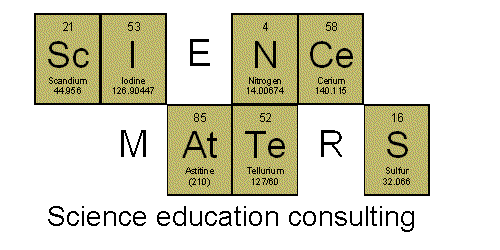The following day, I let students know their teams and their job within the team.
At this time I also show the materials available for purchase and construction.
Toothpicks - $10 each
Foil - $150 per square foot
Gumdrops - $50 each
Pipe cleaners - $250 each
Yarn - $20 per foot
Clay - $50 per gram
Wood splints - $50 each
Thread - $30 per foot
Elmer's glue - $200 per gram
Rental glue gun - $100 per day
Hot glue sticks - $250 each
Cotton batting - $300 per square foot
Popsicle sticks - $30 each
Tissue paper - $250 per square foot
Rubber bands - $200 each
Plastic wrap - $100 per square foot
Floss - $25 per foot
Fishing line - $20 per foot
Wax paper - $175 per square foot
Felt - $375 per sheet
Cotton balls - $25 each
I would recommend you have a glue gun available for each team, as that is what they all seem to want to use - I use the low temp mini glue guns. I guess you could limit the ones available and force them to go in other directions... I would also recommend having an abundance of Popsicle sticks on hand as that seems to be a favored building material.
We also discuss a few other fees and fines..
Consultant Fees:
The teacher's role in this process is to act as a consultant. If you have a question that the group cannot answer, you may pay the consultant $200 for each question. Be sure to phrase the question carefully so that the response is not too simple (yes or no).
Fines:
Any item purchased must be incorporated in the model. There is a penalty fee of $500 for each missing item.
Any group that does not clean up before class is over will be penalized $1000 for each safety violation.
Armed with all this information as well as a team folder (containing plain white paper, graph paper, accounting ledgers, "checks" and shopping sheets) I send the teams off to begin planning.
While the teams are planning and sketching, I call the accountants together. I provide each team with "checks" (each team's is printed on a different color paper) and a checkbook ledger. With all of the accountants together, I show them how to fill in the checks and how to maintain the ledger. The students interested in the accountant job are usually interested in knowing this and it provides them with a real-world lesson.
The following day students can begin construction. Since I taught a few grade levels, I had a cart loaded with all of the supplies available for purchase that I would roll out for the appropriate class periods.
Next Tuesday we'll talk about testing the buildings, a group write-up/paper and tie up any other loose ends. I will also try to make my documents available for you to download.






No comments:
Post a Comment
Note: Only a member of this blog may post a comment.